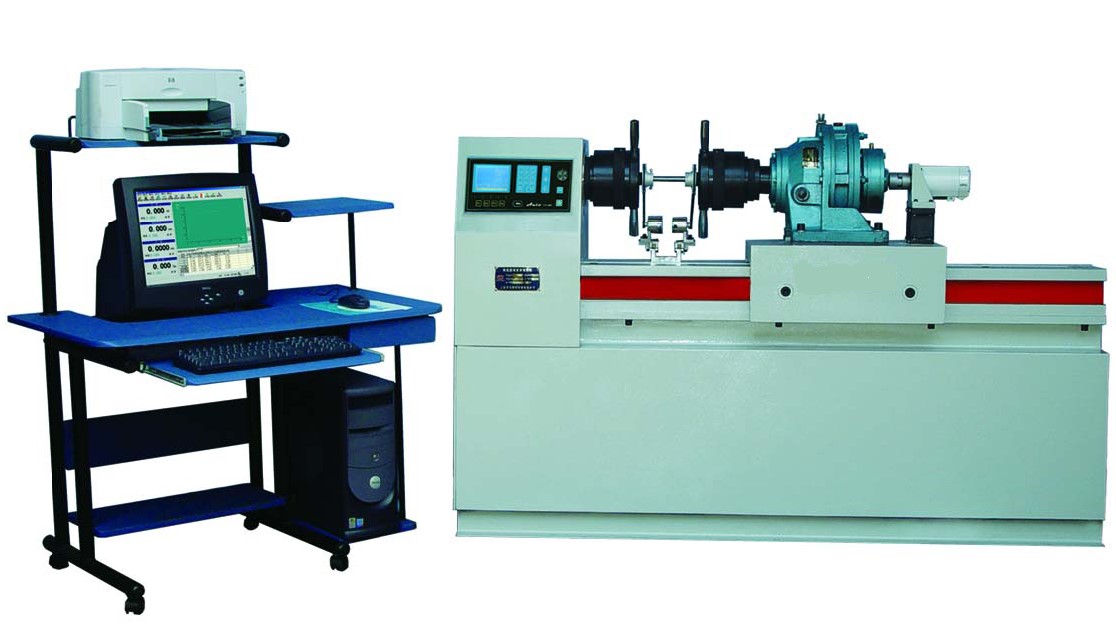In today’s fast-paced society, consumers expect products to not just look good and work well but also be sturdy and have a lifespan. To meet these expectations, manufacturers are always working to improve the quality of their products. One essential aspect of maintaining product quality is through torsion testing.
Understanding Torsion Testing
Torsion testing is a technique used to evaluate how materials perform and hold up under twisting or rotational forces. This testing method involves applying increasing levels of twisting stress to a sample until it breaks or meets the criteria. Through a torsion tester, manufacturers can gather information about a material’s strength, flexibility, malleability, and durability.
The Significance of Torsion Testing
1. Evaluating Material Suitability
Torsion testing plays a significant role in determining if a material is suitable for its intended use. For instance, when developing a drill bit, it’s crucial to ensure that the chosen material can handle the repetitive twisting stresses involved in drilling.
By conducting torsion tests, engineers can establish the torque that a material can bear before failing or undergoing changes. This enables manufacturers to choose materials with properties and enhance the efficiency and dependability of their products.
2. Developing Sturdier Products
Integrating torsion testing in the product development phase assists manufacturers in creating durable products. By pinpointing weaknesses at a design stage, engineers can make necessary adjustments to ensure optimal performance under rotational strain.
If you’ve ever faced a situation where a screwdriver handle broke while dealing with screws, torsion testing can swiftly pinpoint spots in the handle design. By analyzing test outcomes and adjusting designs accordingly, manufacturers can craft handles that offer improved longevity during usage.
3. Ensuring Quality Control
Torsion testing plays a crucial role in quality assurance processes for manufacturing sectors. Regular torsion tests enable manufacturers to confirm that their products consistently meet specified standards and performance criteria. By subjecting product samples to torsional pressures before they hit the market, companies can detect any flaws or weaknesses in the production process early on.
Quality control torsion tests not only guarantee product reliability but also reduce the chances of product recalls and customer discontent triggered by premature failures due to torsional strain.
Varieties of Torsion Testing
1. Torque Limit Examination
The torque limit test is used to determine the torque that a sample can handle before it fails. Engineers gradually increase the applied torque until the material either breaks or shows deformation beyond levels.
This test establishes a baseline for identifying the load a material can bear and helps manufacturers comprehend operational boundaries in real-world settings, thereby lowering the risk of severe failures.
2. Rotation Through Angle Test
In the Rotation Through Angle Test, engineers rotate a specimen at an angle for a defined number of cycles. Continuous monitoring of the specimen is done to detect any changes in performance or integrity caused by repeated stress.
This test effectively assesses factors like fatigue life, elastic instability (buckling), and progression toward deformation under prolonged exposure to forces. Gathering data assists in making decisions about design enhancements and material choices.
3. Creep Test
The Creep Test involves applying a load below the material’s yield strength over an extended period. This allows engineers to understand how materials will react when continuously subjected to stress and long-term usage conditions.
By monitoring properties such as deflection rate, permanent deformation, and relaxation under torsion over time, engineers can evaluate resistance. Reliably predict material lifespan under various operational scenarios.
The Evolution of Torsion Testing
As technology progresses rapidly across industries, advancements in torsion testing methods are also on the rise. Sensor technology innovations significantly enhance data collection accuracy during testing and provide insights into behavior.
Moreover, engineers now have a grasp of how different materials react to stress through computer simulations and modeling techniques. By leveraging these tools, manufacturers can streamline product designs and explore materials more effectively, resulting in enhanced product performance, durability, and customer satisfaction.
In Summary
Torsion testing helps manufacturers enhance the integrity of their products by evaluating material suitability, creating designs, and implementing efficient quality control measures. By integrating torsion testing into their product development and manufacturing processes, companies can ensure the dependability and longevity of their offerings.
With advancements in this field, the future of torsion testing presents exciting prospects for further research on innovative techniques and materials. By embracing these developments, manufacturers can introduce an era of products that meet consumer demands for longevity and performance.


